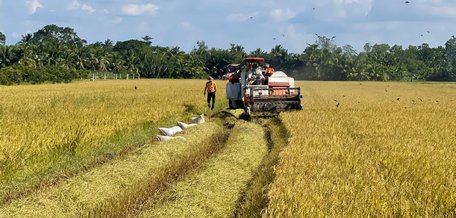 |
| By 2025, Vinh Long province will implement 3,200 hectares and by 2030, achieve 20,000 hectares of high-quality, low-emission rice cultivation. |
In recent years, the agricultural sector of Vinh Long has gradually implemented solutions to improve the quality of rice, especially high-quality rice for export and to increase income for rice growers. Based on the foundation of rice fields produced according to the integrated plant health management (IPHM) method, it is an important basis for implementing the Project on Sustainable Development of 1 million hectares of high-quality and low-emission rice cultivation associated with green growth in the Mekong Delta, at the same time, aiming at ecological, sustainable agricultural production, adapting to climate change conditions.
Outstanding efficiency from IPHM model
In other provinces and cities, the Project on Sustainable Development of 1 million hectares of high-quality and low-emission rice cultivation associated with green growth in the Mekong Delta region has been implemented with many inheritances from the Project "Sustainable Agricultural Transformation in Vietnam" abbreviated as VnSAT. In particular, Vinh Long did not participate in the VnSAT Project before. However, to implement this project, the agricultural sector is relying on the foundation of rice fields produced according to IPHM.
In the Summer-Autumn crop of 2024, the provincial Department of Crop Production and Plant Protection demonstrated many rice production models according to IPHM in Tam Binh, Mang Thit, Long Ho and Vung Liem districts. Statistics show that the average rice yield in the demonstration fields reached about 6.4 tons/ha, 0.4 tons/ha higher than the control fields. Along with reducing input costs, reducing about 20% of fertilizer and 15-30% of pesticide sprays helped farmers achieve a profit of about 26.6 million VND/ha.
Accordingly, the IPHM model also helps farmers boldly change their mindset and rice production practices from traditional production to agricultural economic production, organic agriculture, sustainable, especially using good seeds (certified seeds, high quality), reducing density when sowing, applying good farming methods, balanced fertilization, increasing the use of organic fertilizers, integrated pest management according to IPM, etc. Many farmers said that the IPHM model has transferred scientific and technical advances, applied intensive farming methods that are organic, sustainable, less harmful to farmers' health and less impact on the environment.
Participating in the IPHM rice production model, Mr. Nguyen Van Hieu (My Loc commune, Tam Binh district) said: “I sow sparsely, pull rows, 10 kg/cong. Reduce costs of seeds, fertilizers, and pesticides. Before, I sowed 15 kg, now only 10 kg, which saves 100,000 VND/cong, and reduces 3 more spraying times, which is 300,000 VND. Besides, I also see the benefits of using pesticides according to the “4 rights” principle, pesticide isolation time, raising awareness in collecting pesticide packaging in the right place, contributing to environmental protection, reducing emissions and most importantly, protecting the health of myself and consumers”.
Through monitoring and implementation, this model not only reduces costs, increases profits, but also reduces emissions in production and protects the environment. This is an important factor in current rice production. This model can be applied to expand production, aiming to implement the Sustainable Development Project of 1 million hectares of high-quality, low-emission rice cultivation that farmers are participating in.
According to the provincial Department of Agriculture and Rural Development, Vinh Long does not participate in the VnSAT Project, so in the 2024-2025 period, it will only register to participate in 3,200 hectares and by 2030, it will expand by 16,800 hectares to reach 20,000 hectares. Specifically, phase 1 (2024-2025) will be implemented in 4 districts of Vung Liem, Long Ho, Binh Tan, Tam Binh with a cultivation area of high-quality, low-emission rice of 3,200 hectares/year; phase 2 (2026-2030) will be implemented in the districts of Vung Liem, Long Ho, Binh Tan, Tam Binh, Tra On, Mang Thit and Binh Minh Town, and will develop a cultivation area of 16,800 hectares. Particularly in the 2024 Summer-Autumn rice crop, the province will implement a project to integrate IPHM farming models on rice, rice production models adapting to climate change, large-scale field models applying high technology and organic rice production... which have been deployed in previous years in districts and towns. |
Towards developing high quality rice fields, reducing emissions
According to the Department of Crop Production and Plant Protection, implementing the IPHM model, in addition to reducing seeds, fertilizers, especially nitrogen fertilizer content, farmers also manage pests according to IPM, alternating flooding and drying. Many farmers have also collected all straw from the fields for reuse, contributing to reducing greenhouse gas emissions. These technical solutions meet many criteria of the Project on Sustainable Development of 1 million hectares of high-quality rice cultivation of the Ministry of Agriculture and Rural Development. In the Summer-Autumn crop in 2024, the agricultural sector has helped farmers build about 220 hectares of rice production according to IPHM. In the Autumn-Winter crop, an additional model will be built in Binh Tan district.
Mr. Nguyen Ngoc Thanh - Deputy Head of the Department of Crop Production and Plant Protection, said: “In this model, farmers are guided to practice integrated plant health management based on the main practice of “1 must, 5 reductions”. The first recommendation is to reduce varieties, use new technology fertilizers, and increase the efficiency of fertilizer use per unit area. Reduce the nitrogen content in the total amount of fertilizer to reduce greenhouse gas emissions. In the Autumn-Winter crop this year, the department will guide farmers to replicate the models in the above localities and build more models in Binh Tan district. At the same time, continue to implement measures to support farmers who have produced rice according to IPHM towards production that meets the criteria of the Project on Sustainable Development of 1 million hectares of high-quality and low-emission rice cultivation associated with green growth in the Mekong Delta in Vinh Long”.
 |
| The agricultural sector continues to implement measures to support farmers who have produced rice under IPHM towards production that meets the criteria of the 1 million hectare project. |
Mr. Nguyen Van Liem - Deputy Director of the provincial Department of Agriculture and Rural Development, said: "The agricultural sector considers the IPHM rice cultivation model as a pilot model to replicate in the following years. In the past, the Department of Agriculture and Rural Development has visited the models to learn from localities to have special policies, especially the establishment of community agricultural extension groups, then, there are policies to support the operation of these agricultural extension groups as well as policies to support agricultural extension officers at the grassroots level, from there, carry out the propaganda, mobilization, and launch people to actively participate in responding to this 1 million hectare project".
With the proposed solutions, the agricultural sector and rice farmers of Vinh Long province are determined to successfully implement the project. Thereby contributing to increasing the added value of rice, directly increasing profits for farmers.
According to the plan, by 2025, Vinh Long province will implement 3,200 hectares and by 2030, achieve 20,000 hectares of high-quality, low-emission rice cultivation out of a total of 1 million hectares in the Mekong Delta. The project's goal is to form 1 million hectares of high-quality, low-emission rice growing areas associated with reorganizing the production system according to the value chain, applying sustainable farming processes to increase value, sustainable development of the rice industry, improve production and business efficiency, income and life of rice growers, protect the environment, adapt to climate change and reduce greenhouse gas emissions, contributing to the implementation of Vietnam's international commitments on emission reduction to ensure that the Prime Minister of Vietnam has signed a commitment to strive to achieve zero net emissions by 2050. In addition, the implementation of the project also helps to increase the added value of rice, increase investment attraction, create high added value for farmers and for Vietnam's agricultural sector. |
Article and photos: NGUYEN KHANG
Source: https://baovinhlong.vn/tin-moi/202408/phat-trien-canh-dong-lua-chat-luong-cao-giam-phat-thai-32d1f71/



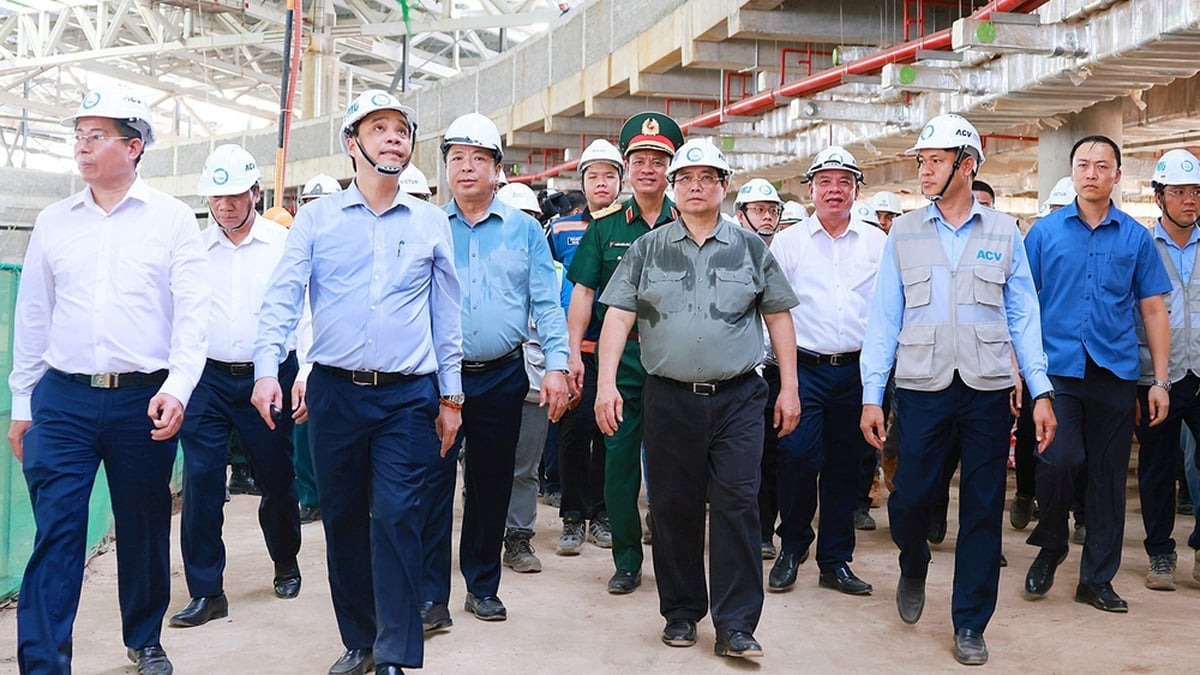


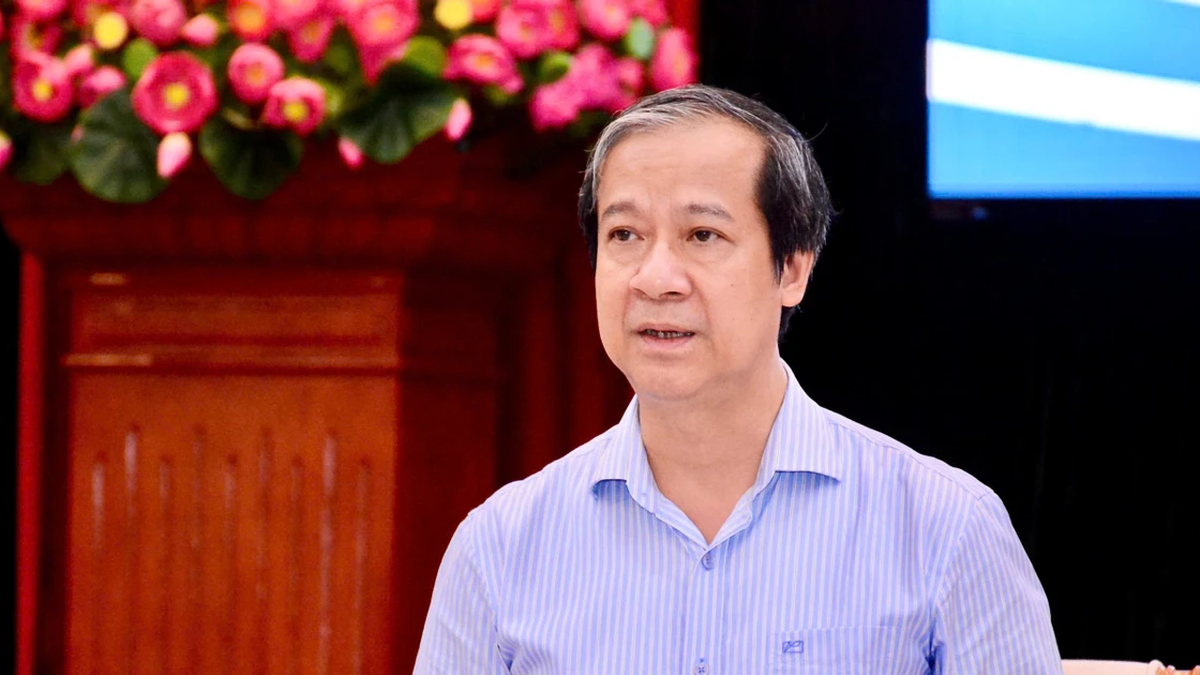
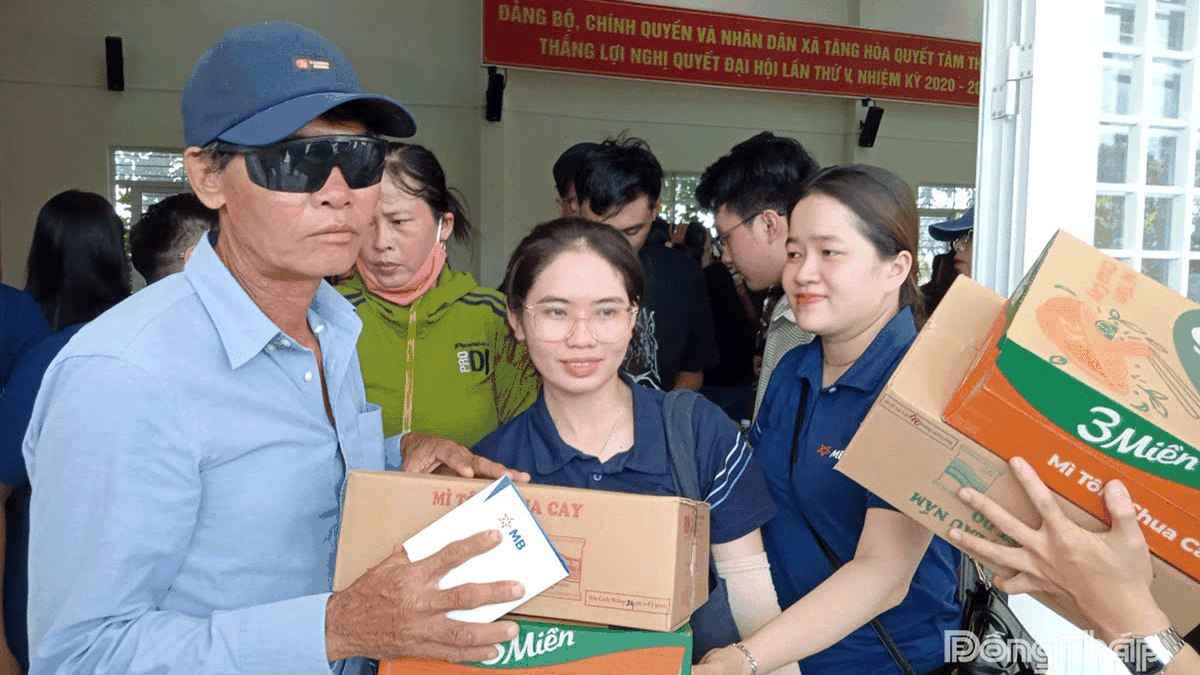
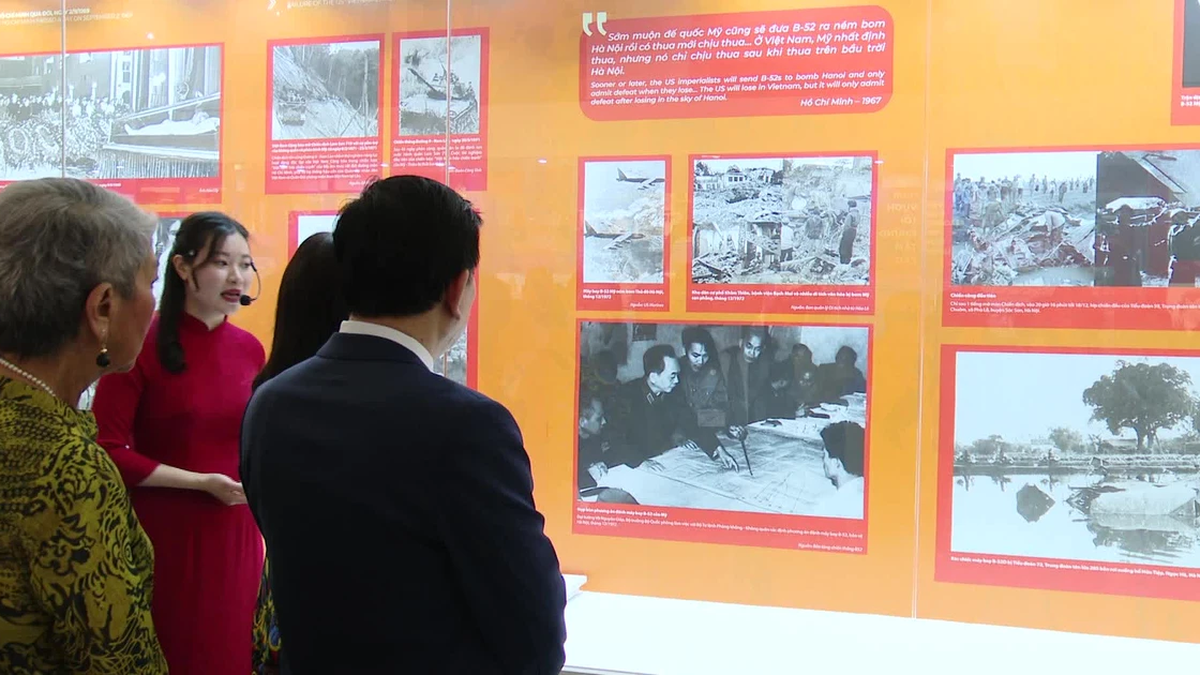
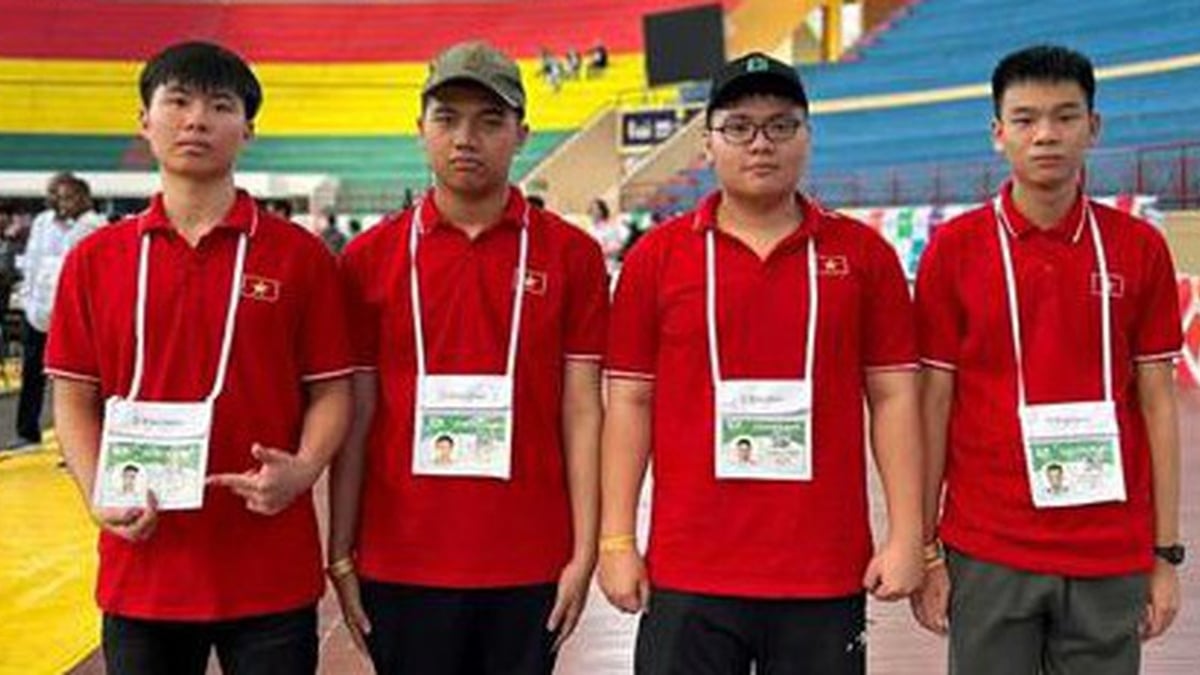
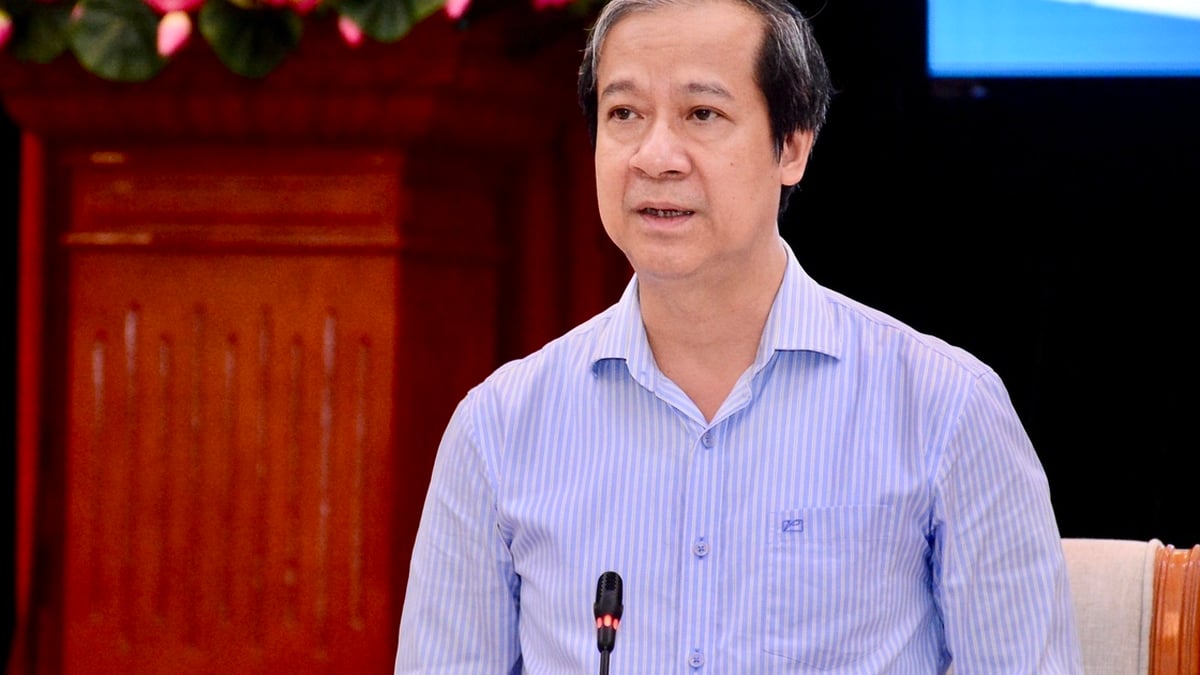
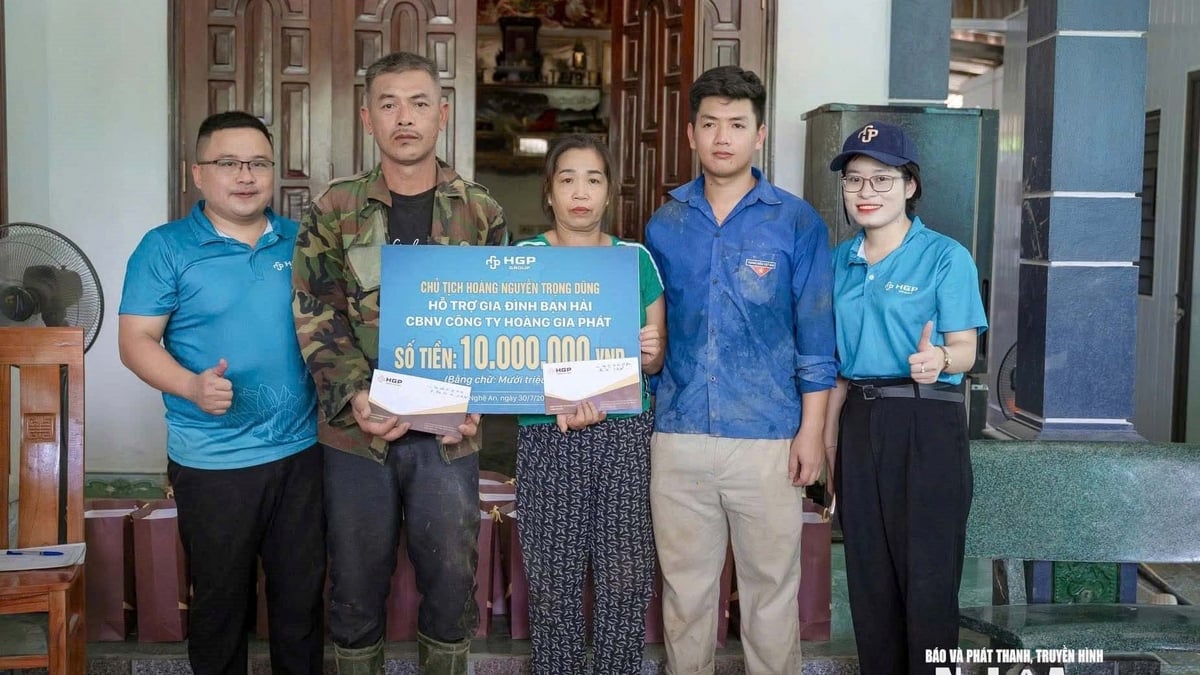






















































































Comment (0)